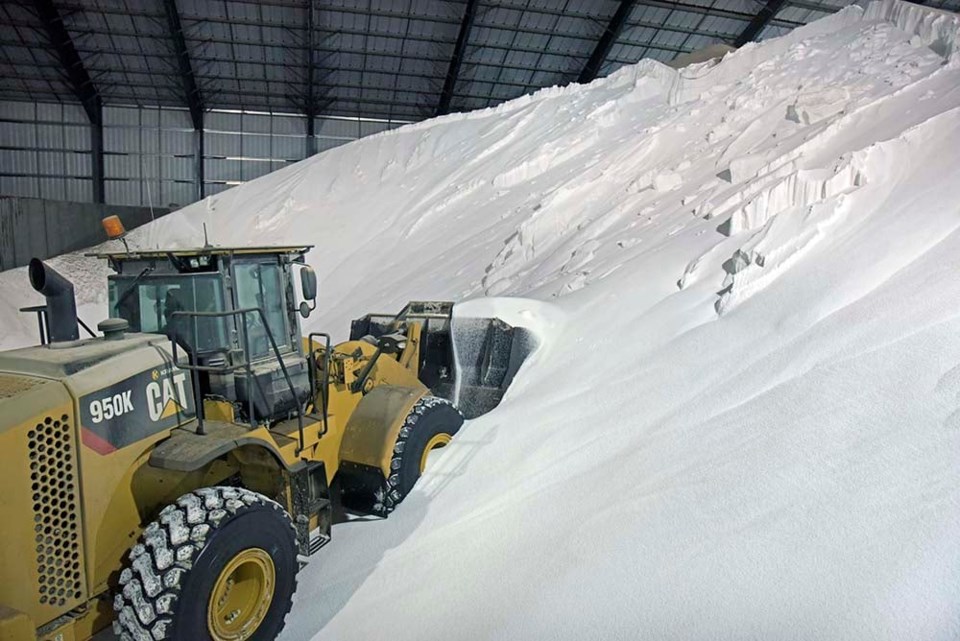WESTERN PRODUCER — Prices of a couple of key farm inputs have tumbled in recent months, but that may be coming to an end, according to industry officials.
Farmers Business Network’s Smoke generic glyphosate is selling for $6.50 to $7 per litre, down from $12 the same time last year.
“That’s the difference a year makes,” said Breen Neeser, country manager for FBN Canada.
Prices dropped because there were ample inventories in North America heading into spring and plentiful supplies in the main manufacturing countries of China and India.
Many retailers and wholesalers did a good job of reducing those inventories and prices have responded.
“I do think prices right now in Canada are on the lowish side from a historical basis,” said Neeser.
He is seeing some upward pressure on prices from the companies FBN does business with.
“It’s hard to say if that’s temporary or if that’s a sign of an upward trend,” said Neeser.
What he does know is that the supply chain at the wholesale, retail and farmer levels in Canada is “pretty empty.”
There are other factors that may put some upward pressure on prices as well.
An explosion at a Dow Chemical plant in Louisiana has disrupted the supply of products that are used to make glyphosate.
The market is also at the point in the cycle where farmers are contemplating buying glyphosate for their fall needs.
And there should be considerable pent-up demand because growers have been cautious buyers this spring and summer, trying to figure out when the market will bottom out.
“Nothing drives a farmer more crazy than to buy a commodity product and find out a month later that he overpaid,” said Neeser.
The story has been much the same in the fertilizer market.
Svein Tore Holsether, chief executive officer of Yara International, recently told investment analysts that plunging fertilizer prices reduced company earnings by US$230 million during the second quarter of 2023.
“Fertilizer prices have dropped 50 to 70 percent this quarter compared with peak levels a year ago,” he said.
Global urea prices were down 58 percent, ammonia 70 percent, DAP 54 percent and MOP 60 percent compared to the second quarter of 2022.
It is a similar scenario in Canada. Alberta Agriculture reported bulk urea was selling for $798.18 per tonne as of May 31, 2023, down 40 percent from one year ago.
The fertilizer price drop is due to demand destruction caused by last year’s stratospheric prices, said Holsether.
Yara’s earnings for the quarter were $252 million, an 80 percent drop from the same quarter one year ago.
Fertilizer prices have been falling for six months, but Holsether thinks the freefall is over.
Urea prices have rebounded in recent weeks, with granular FOB Egypt prices rising 35 percent between the middle of June and July 19.
Yara idled 10 percent of its European fertilizer production capacity in the second quarter, down from 30 percent in the first quarter because of stronger demand for the product.
The cereal-to-urea price index shows that the fertilizer has become “unusually affordable,” providing strong incentive for farmers to use the crop input.
Holsether also noted that the annual growth in urea production capacity is forecast to slow, falling to 2.2 million tonnes in 2024 and 400,000 tonnes in 2025, from 4.5 million tonnes in 2023.
Historic demand growth would be above the projected supply growth in 2024 and 2025.
“Together with the recent urea price developments and strong farmer incentives, this indicates a tighter nitrogen market going forward,” he said.



